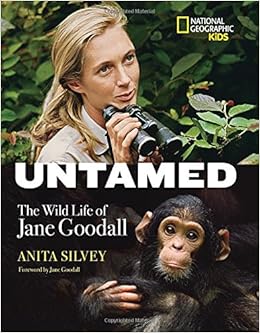This past week, I have been reading the nonfiction PA Young Reader's Choice nominee, A Baby Elephant in the Wild, with first and second graders. I have been able to read the Follett Shelf eBolk version through the Bryte Wave reader app on an iPad and project to the SmartBoard via a wireless Apple TV. I could just as easily read the eBook at the SmartBoard, but I have really liked the freedom of the iPad and Apple TV to circulate around the library. Reading the book this way also allows me to zoom in on text sequences to highlight how good readers find evidence in the text and make personal connections to information. Likewise, I can zoom in to enlarge some of the fantastic photographs.
Earlier this week, I hosted a PD opportunity and one of the first grade teachers mentioned that in Social Studies, they are beginning to talk about maps and globes. This lesson with A Baby Elephant in the Wild was already planned but I had planned to teach it in a month or so. With the information that teachers were talking maps and globes, I adjusted my plans. For that day. And bumped the lesson up.
Why? This lesson has an opportunity for a seamless discussion of maps and globes. Really, any nonfiction (or fiction for that matter...I've done similar lessons with The Three Little Dassies and other stories with distinct settings that can be found on a map) with an interesting setting near or far does. A Baby Elephant in the Wild features a map of Africa with the Congo and Namibia highlighted. We talked about the difference between a continent and a country, the oceans around a continent and then looked at the globe and Africa in relation to the United States and North America.
Following our reading, students had questions about elephants. I found a "teachable moment" and introduced one of our online encyclopedoa databases. We searched the text for answers to our questions. And found them! We also noted information about African elephants and Asian elephants and went back to the map and globe to look at both continents and some of the countries where elephants live.
Finally, for the reason I was inspired to write this right now. I'm sitting in my public library. Right now. I walked in and saw the gorgeous book, Soon, by Timothy Knapman and Patrick Benson on display. I snatched it up and read it right away. The perfect companion, it highlights a fiction story about a mother and baby Asian elephant. I highly suggest you check out both A Baby Elephant in the Wild and Soon.










%20Like%20Snakes%20cover.jpg?itok=r_p_0qkH)


